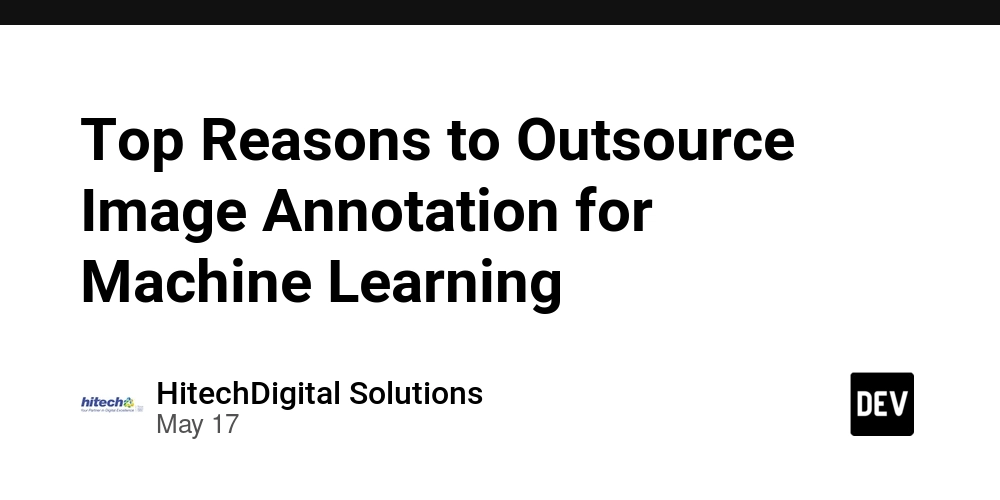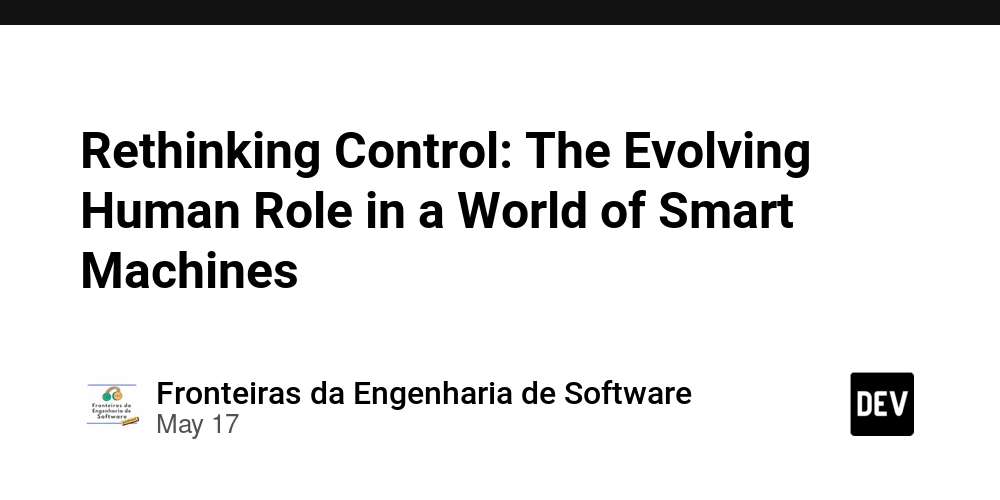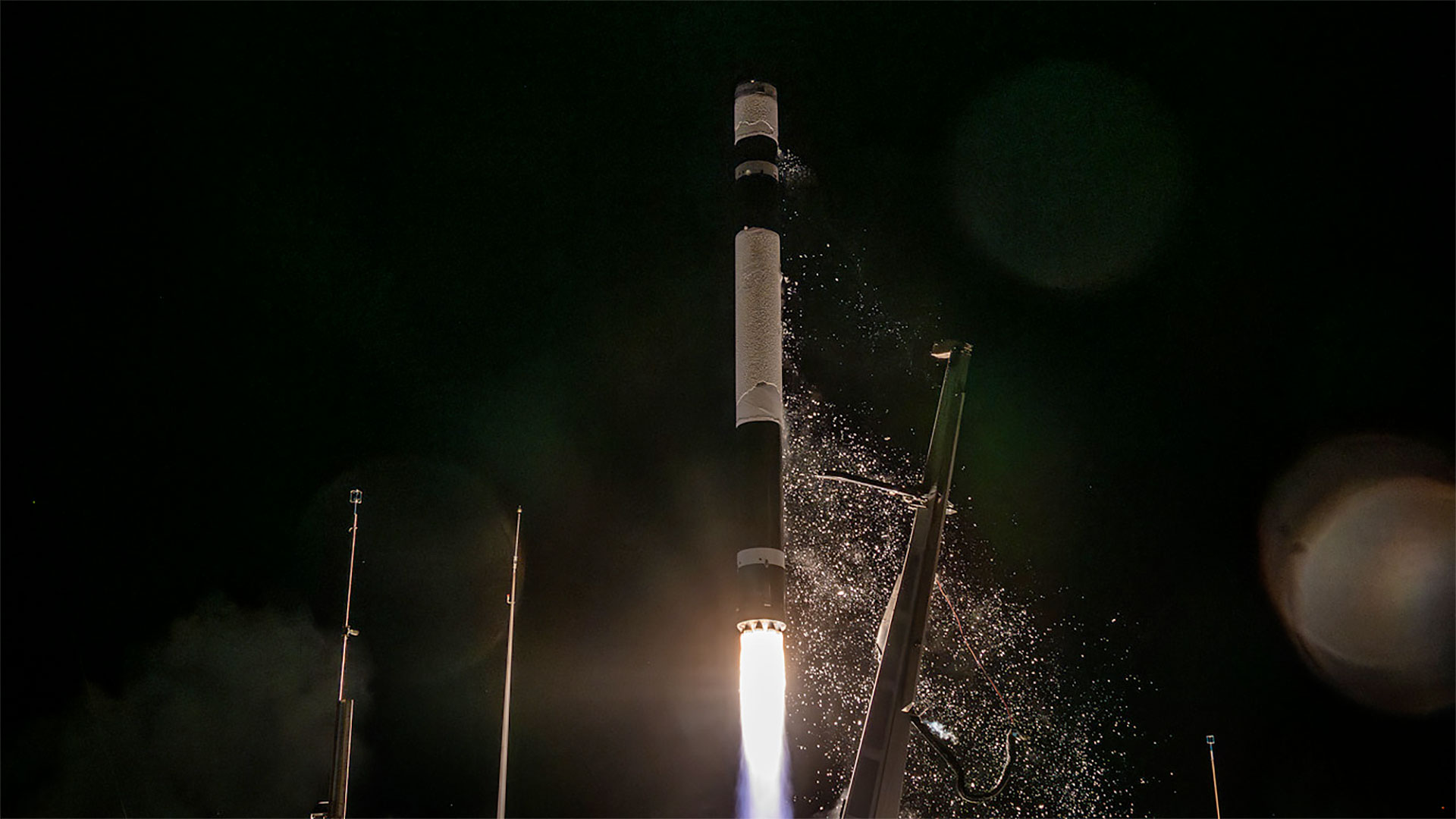Top Reasons to Outsource Image Annotation for Machine Learning
In the fast-growing fields of machine learning (ML) and artificial intelligence (AI), image annotation is fundamental to developing reliable models. That’s where image annotation comes in—the process of labeling and highlighting objects, features, patterns, or any other elements of an image that may be useful for a machine learning program or model. However, performing image annotation in-house can also be time-consuming, resource-intensive, and expensive. This is one of the reasons why outsourced image annotation has become a popular approach. In this post, we’ll examine the challenges of standalone image annotation and the best reasons to outsource image annotation for machine learning. 1. Cost Efficiency A major reason that companies choose to outsource image annotation is to save time and reduce costs. Annotating images in-house can require a large capital investment in personnel, software, and infrastructure. Hiring and training an in-house team of annotators is costly and time-consuming. It can be extremely difficult to maintain consistency and high-quality data across a large number of annotations without any specialized tools or workflows. When you choose to outsource your image annotation needs, you will be able to cut your administrative costs by not maintaining in-house contractual costs or salaries. Outsourcing allows you to tap into a global talent pool, and a cost-effective service (often with even better-quality annotations and at a lower price) is available from across the globe. Many image annotation companies operate in areas with low labor costs and may ultimately provide substantial savings. 2. Scalability and Flexibility Image annotation needs can vary greatly depending on the volume or complexity of your AI project. You may have hundreds of images or millions, but the need to scale up or down is critical. For companies with an in-house team, adapting to volume changes can become difficult during growth spurts or tight deadlines. Using a professional image annotation service provider gives you the flexibility you need, allowing you to scale completely based on your project requirements. For example, if you're expecting a temporary surge for a small batch of images or a full-scale project requiring a large temporary team, you will be able to ramp up or ramp down resources on demand without the delay or worry of hiring, onboarding, and training people. 3. Access to Expertise and Experience Image annotation isn’t one-size-fits-all. Depending on your business case, you may need different types of image annotation, such as bounding boxes, semantic segmentation, or keypoint annotations. Every industry (healthcare, automotive, retail, etc.) has specific requirements that demand specialized knowledge and skills. When you partner with a trusted image annotation provider, you're working with expert teams who, through experience, know how to apply the annotation techniques your particular project needs. You can be confident that the image annotation these companies and professionals provide meets industry standards and produces results that are relied upon. They typically employ experts with years of hands-on experience in their respective industries. Furthermore, outsourced firms offer more than just the referenced types of services, paying attention to your unique needs and delivering a higher quality of service than what your internal team could produce. 4. Faster Turnaround Time Time runs faster than the wind in the fast-paced and unpredictable world of AI and machine learning. When it comes to data preparation (such as annotations), delays can cause severe bottlenecks in the overall development cycle and slow down the deployment of your AI application. The longer the image annotation process takes, the longer it takes to train your model—and therefore, to bring your product to market. Outsourcing your image annotation to a dedicated provider can significantly speed things up. Outsourcing companies often have trained and committed annotators, established efficiencies, and protocols in place to ensure your images are annotated accurately, quickly, and effectively. Some providers even use advanced tools and services (such as automated annotation and shallow learning tools) to deliver better and/or faster annotation, accelerating the entire project and reducing your model’s training time. 5. Quality and Consistency When a machine learning model doesn’t perform as expected, the problem often lies in the training data. Inconsistent or poorly labeled data can confuse the system, making it hard for the AI to deliver accurate, real-world results. Improving data quality, however, isn’t easy especially without the right tools or skilled team. It takes time, precision, and consistency. That’s where expert image annotation companies come in. With trained professionals and standardized processes, they bring structure and clarity to your data. Their quality control methods—such as well-defin

In the fast-growing fields of machine learning (ML) and artificial intelligence (AI), image annotation is fundamental to developing reliable models. That’s where image annotation comes in—the process of labeling and highlighting objects, features, patterns, or any other elements of an image that may be useful for a machine learning program or model. However, performing image annotation in-house can also be time-consuming, resource-intensive, and expensive. This is one of the reasons why outsourced image annotation has become a popular approach. In this post, we’ll examine the challenges of standalone image annotation and the best reasons to outsource image annotation for machine learning.
1. Cost Efficiency
A major reason that companies choose to outsource image annotation is to save time and reduce costs. Annotating images in-house can require a large capital investment in personnel, software, and infrastructure. Hiring and training an in-house team of annotators is costly and time-consuming. It can be extremely difficult to maintain consistency and high-quality data across a large number of annotations without any specialized tools or workflows.
When you choose to outsource your image annotation needs, you will be able to cut your administrative costs by not maintaining in-house contractual costs or salaries. Outsourcing allows you to tap into a global talent pool, and a cost-effective service (often with even better-quality annotations and at a lower price) is available from across the globe. Many image annotation companies operate in areas with low labor costs and may ultimately provide substantial savings.
2. Scalability and Flexibility
Image annotation needs can vary greatly depending on the volume or complexity of your AI project. You may have hundreds of images or millions, but the need to scale up or down is critical. For companies with an in-house team, adapting to volume changes can become difficult during growth spurts or tight deadlines.
Using a professional image annotation service provider gives you the flexibility you need, allowing you to scale completely based on your project requirements. For example, if you're expecting a temporary surge for a small batch of images or a full-scale project requiring a large temporary team, you will be able to ramp up or ramp down resources on demand without the delay or worry of hiring, onboarding, and training people.
3. Access to Expertise and Experience
Image annotation isn’t one-size-fits-all. Depending on your business case, you may need different types of image annotation, such as bounding boxes, semantic segmentation, or keypoint annotations. Every industry (healthcare, automotive, retail, etc.) has specific requirements that demand specialized knowledge and skills.
When you partner with a trusted image annotation provider, you're working with expert teams who, through experience, know how to apply the annotation techniques your particular project needs. You can be confident that the image annotation these companies and professionals provide meets industry standards and produces results that are relied upon. They typically employ experts with years of hands-on experience in their respective industries. Furthermore, outsourced firms offer more than just the referenced types of services, paying attention to your unique needs and delivering a higher quality of service than what your internal team could produce.
4. Faster Turnaround Time
Time runs faster than the wind in the fast-paced and unpredictable world of AI and machine learning. When it comes to data preparation (such as annotations), delays can cause severe bottlenecks in the overall development cycle and slow down the deployment of your AI application. The longer the image annotation process takes, the longer it takes to train your model—and therefore, to bring your product to market.
Outsourcing your image annotation to a dedicated provider can significantly speed things up. Outsourcing companies often have trained and committed annotators, established efficiencies, and protocols in place to ensure your images are annotated accurately, quickly, and effectively. Some providers even use advanced tools and services (such as automated annotation and shallow learning tools) to deliver better and/or faster annotation, accelerating the entire project and reducing your model’s training time.
5. Quality and Consistency
When a machine learning model doesn’t perform as expected, the problem often lies in the training data. Inconsistent or poorly labeled data can confuse the system, making it hard for the AI to deliver accurate, real-world results.
Improving data quality, however, isn’t easy especially without the right tools or skilled team. It takes time, precision, and consistency.
That’s where expert image annotation companies come in. With trained professionals and standardized processes, they bring structure and clarity to your data. Their quality control methods—such as well-defined milestones and careful human review ensure that each annotation meets your standards. In short, they take the pressure off your team and give your AI the solid foundation it needs.
Conclusion
For companies working on AI and machine learning projects, outsourcing image annotation offers several advantages. While cost reduction is a key benefit, there are other significant advantages as well, such as increased scalability, faster turnaround times, and access to experts who are highly skilled in data labeling.
By partnering with an experienced annotation provider, you can ensure that your machine learning models are trained on accurate, high-quality data. As a result, you can launch your AI solutions more quickly and with greater reliability.










![[FREE EBOOKS] Modern Generative AI with ChatGPT and OpenAI Models, Offensive Security Using Python & Four More Best Selling Titles](https://www.javacodegeeks.com/wp-content/uploads/2012/12/jcg-logo.jpg)







.webp?#)


























































